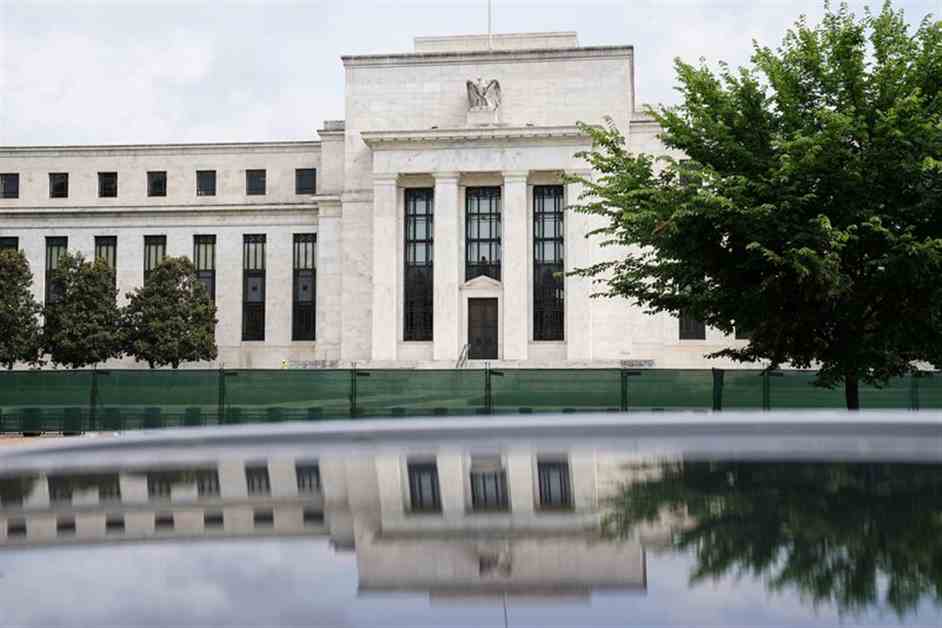UBS analysts are unsure about how much the Federal Reserve will reduce interest rates in the current cycle, leading to high uncertainty among investors. While many believe in a soft landing, there is still significant ambiguity about future Fed actions, especially in 2025.
Investor sentiment regarding the economic outlook is starting to align, resulting in decreased market volatility. Both the VIX, which measures stock market volatility, and the MOVE index for bond market volatility dropped in late May to their lowest levels since the Fed started raising rates in March 2022.
UBS analysts acknowledge that these metrics may not fully capture the convergence of investor expectations. They suggest that low volatility could be a sign of investor complacency rather than a true consensus on the macroeconomic outlook.
Recent economic indicators, such as slowing job growth, ongoing disinflation, and the Fed’s reluctance to raise rates, have lessened macroeconomic risks in May. This has restored investor confidence in a soft landing scenario.
The narrowing path for the Fed funds rate and the policy rates of other major central banks are key factors driving this convergence of views. The market is currently pricing in around 1.5 Fed rate cuts by the end of the year, with analysts deeming it unlikely for there to be more than two cuts or none at all.
UBS analysts predict that if the funds rate remains relatively stable in the near term, rate volatility will decrease, leading to lower volatility in other asset classes.
Looking ahead, UBS anticipates a shift in focus towards 2025 during the summer, where there are more possible economic outcomes compared to this year. The uncertainty surrounding the current restrictiveness of Fed policy creates a high degree of uncertainty regarding the extent of rate cuts in this cycle.
As a result, market stability in the summer may be disrupted by differing views on the Fed’s actions in 2025. The coming months will be crucial in determining how the Fed’s decisions impact investor confidence and market volatility.




